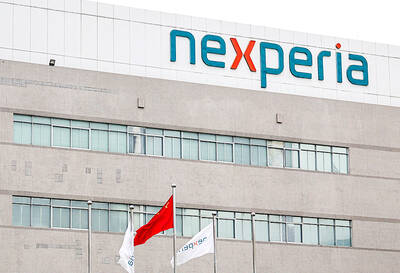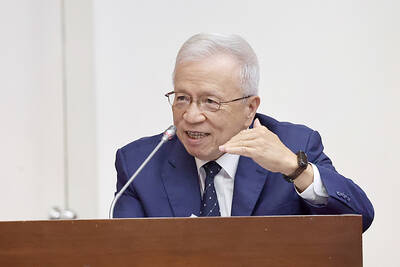The National Housing and Urban Regeneration Center on Tuesday announced that it would start processing applications for a public urban renewal project in Taipei’s Xinyi District (信義) valued at NT$2.82 billion (US$92.66 million).
The project is on a 4,394m2 plot on Civil Boulevard, Sec 6 near Songshan Railway Station, the center said, adding that the deadline for applications is Dec. 27.
The center said that it would grade interested parties based on how they would construct the two buildings on the plot, divide public and private properties, and integrate the project with the neighborhood.
Upon completion of the project, the government would keep one building for a children’s shelter, social housing and apartments to rent, the center said.
It said that it aims to collaborate with experienced builders to construct the project and create an environment that is friendly for all parties involved.
Developers and builders have in the past few years turned their focus to superfices rights and urban renewal projects in Taipei due to a lack of idle land supply.
The investors that gain approval would have the opportunity to expand the project’s base to old buildings nearby to maximize profits, the center said.
The investors and minor private land owners may divide the floor space in the other building and introduce shops and residential apartments as they see fit, the center said.
The two buildings would have separate management systems, in keeping with the coprosperity principle, it added.

JITTERS: Nexperia has a 20 percent market share for chips powering simpler features such as window controls, and changing supply chains could take years European carmakers are looking into ways to scratch components made with parts from China, spooked by deepening geopolitical spats playing out through chipmaker Nexperia BV and Beijing’s export controls on rare earths. To protect operations from trade ructions, several automakers are pushing major suppliers to find permanent alternatives to Chinese semiconductors, people familiar with the matter said. The industry is considering broader changes to its supply chain to adapt to shifting geopolitics, Europe’s main suppliers lobby CLEPA head Matthias Zink said. “We had some indications already — questions like: ‘How can you supply me without this dependency on China?’” Zink, who also

At least US$50 million for the freedom of an Emirati sheikh: That is the king’s ransom paid two weeks ago to militants linked to al-Qaeda who are pushing to topple the Malian government and impose Islamic law. Alongside a crippling fuel blockade, the Group for the Support of Islam and Muslims (JNIM) has made kidnapping wealthy foreigners for a ransom a pillar of its strategy of “economic jihad.” Its goal: Oust the junta, which has struggled to contain Mali’s decade-long insurgency since taking power following back-to-back coups in 2020 and 2021, by scaring away investors and paralyzing the west African country’s economy.

Taiwan Semiconductor Manufacturing Co (TSMC, 台積電) received about NT$147 billion (US$4.71 billion) in subsidies from the US, Japanese, German and Chinese governments over the past two years for its global expansion. Financial data compiled by the world’s largest contract chipmaker showed the company secured NT$4.77 billion in subsidies from the governments in the third quarter, bringing the total for the first three quarters of the year to about NT$71.9 billion. Along with the NT$75.16 billion in financial aid TSMC received last year, the chipmaker obtained NT$147 billion in subsidies in almost two years, the data showed. The subsidies received by its subsidiaries —

BUST FEARS: While a KMT legislator asked if an AI bubble could affect Taiwan, the DGBAS minister said the sector appears on track to continue growing The local property market has cooled down moderately following a series of credit control measures designed to contain speculation, the central bank said yesterday, while remaining tight-lipped about potential rule relaxations. Lawmakers in a meeting of the legislature’s Finance Committee voiced concerns to central bank officials that the credit control measures have adversely affected the government’s tax income and small and medium-sized property developers, with limited positive effects. Housing prices have been climbing since 2016, even when the central bank imposed its first set of control measures in 2020, Chinese Nationalist Party (KMT) Legislator Lo Ting-wei (羅廷瑋) said. “Since the second half of